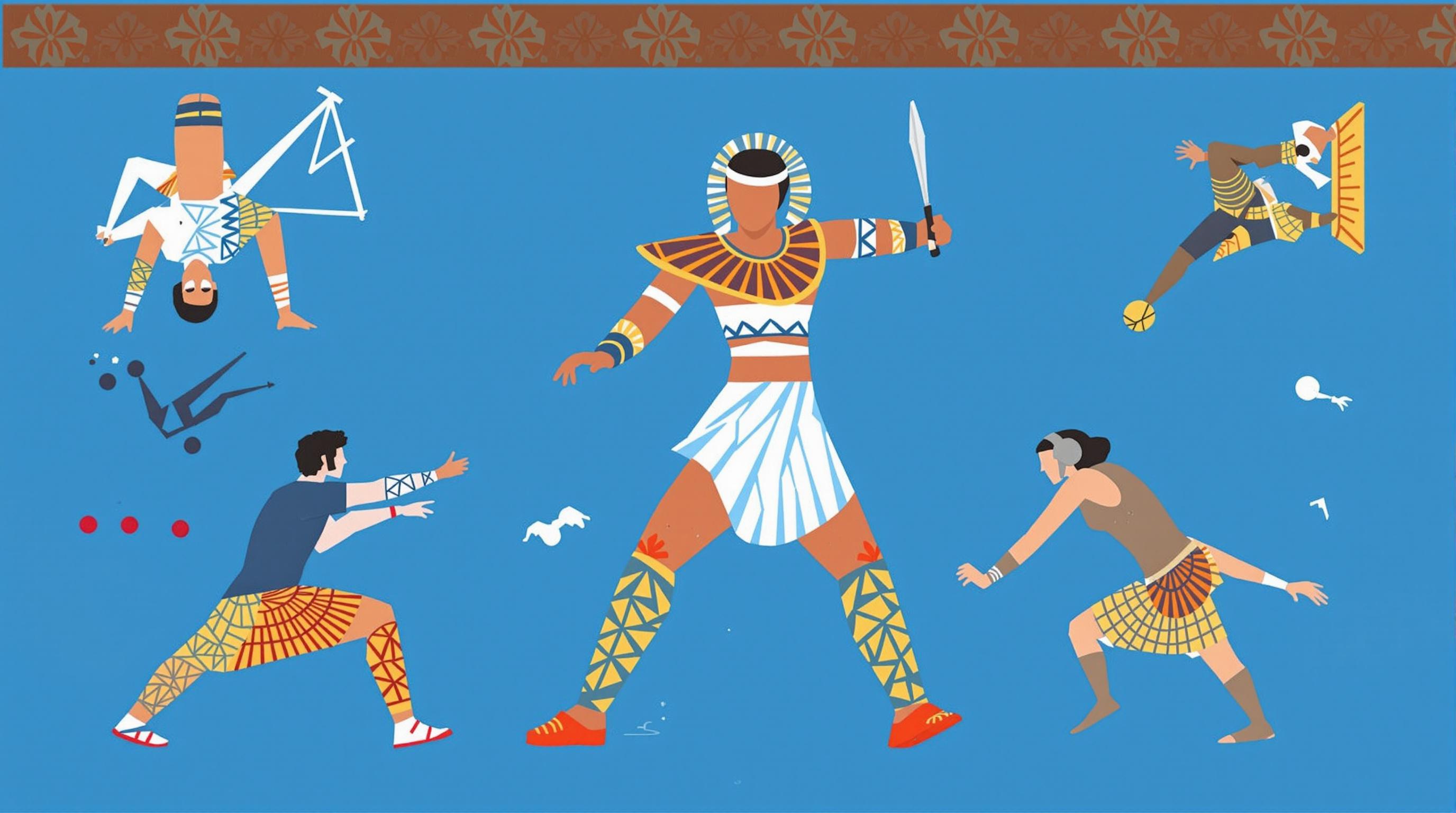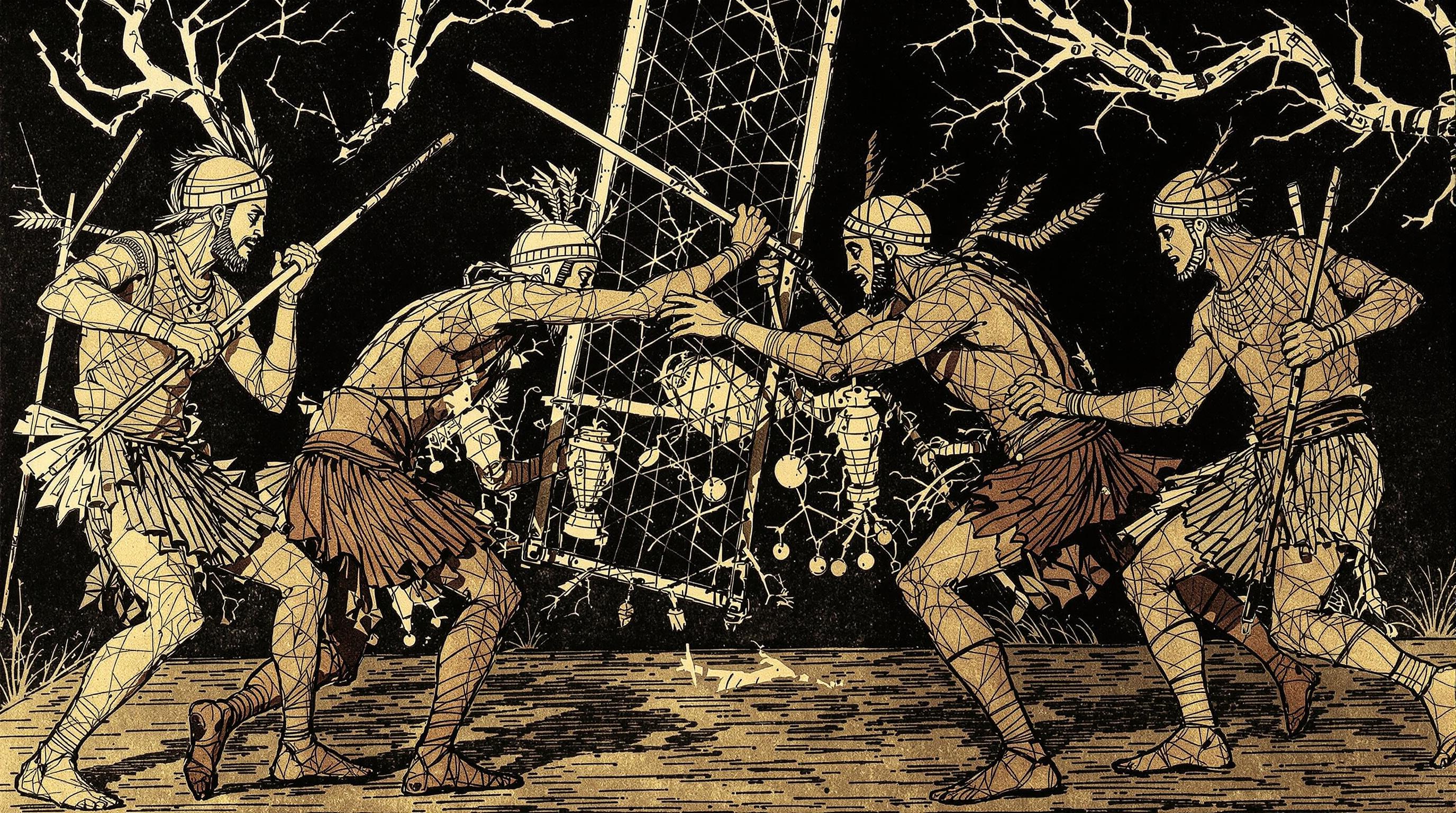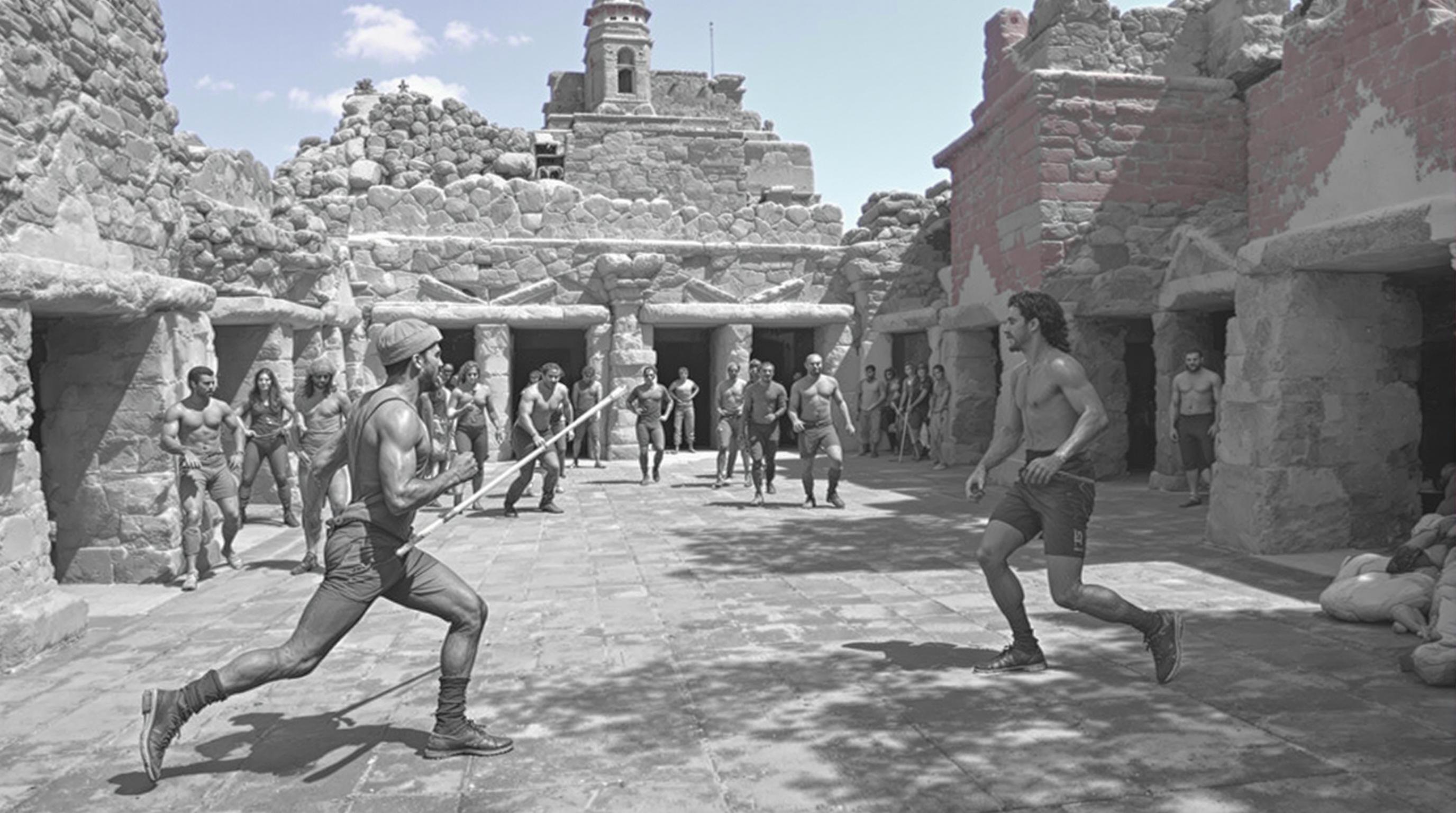Related Articles
- Sporting Rituals: The Curious Connections Between Athletic Events and Ancient Traditions of Worship and Community Bonding
- Game On: The Surprising Influence of Sports on Fashion Trends and Personal Identity in Youth Culture
- Rituals and Rites: How Competitive Sports Influence Cultural Practices in Spiritual and Indigenous Communities
- Sports as Social Glue: Examining the Bond Between Athletic Rivalries and Neighborhood Integration
- Spectacles of Strife: How Weather Patterns Disrupted Historic Sports Events and Changed Athletes' Fortunes
- Bizarre Beginnings: The Unwritten Rules of Quirky Sports and Their Role in Shaping Modern Athletics
Mysteries of Ancient Team Sports: How Collaborative Games Shaped Early Civilizations
Mysteries of Ancient Team Sports: How Collaborative Games Shaped Early Civilizations
The exploration of ancient team sports reveals fascinating insights into how collaborative games influenced social structures, community bonding, and cultural identity in early civilizations. This article delves into the historical significance, benefits, and complexity of these games, shedding light on their lasting impact on societies across the globe.
The Origins of Team Sports
To truly understand the significance of ancient team sports, it’s essential to peel back the layers of history and examine the first records of these games. Archaeological findings indicate that early humans engaged in collaborative physical activities as far back as 3000 BCE. Ancient Sumerians, Egyptians, and Mesoamericans each had unique team sports that reflected their cultural values and societal structures.
Case Study: The Mesoamerican Ballgame
No discussion of ancient collaborative games would be complete without mentioning the Mesoamerican ballgame, known as “ōllamaliztli” by the Aztecs. Played with a rubber ball, this game was not just a leisurely pastime but a ritualistic sport with deep spiritual connotations. Teams competed to hit a stone marker with the ball while avoiding the use of hands, and the outcomes often dictated everything from agricultural cycles to warfare decisions.
The ballgame inspired vast social gatherings, sometimes drawing thousands of spectators, and it served as a critical medium for communication between different cultures. Archaeological records suggest that players were seen as warriors, and upon winning, they were often rewarded with honor and status—indicative of the game's significance in shaping societal hierarchies (Earle, 2021).
Social Cohesion and Community Identity
Ancient team sports often brought communities together, serving as a vessel for social cohesion and collective identity. For instance, in ancient Greece, games such as the Olympics fostered a sense of unity among the often-fractured city-states. Participants would represent their cities, and victory granted not just personal glory, but also prestige and pride to their homeland.
The Olympics: A Unifying Force
Imagine stepping into the arena at Olympia in 776 BCE, where city-states put aside lengthy rivalries to engage in a celebration of prowess, skill, and athleticism. The Olympic games not only crowned victors in various sports but also reinforced a pan-Hellenic identity that was vital for a culture often marred by competition and division. The quote “Restitutor Omnium” (Restorer of All) highlights the belief that the actions of athletes could transcend the limitations of their local identities.
Statistics on Social Interactions
Studies show that team sports increase social connections significantly. In a survey by the American Psychological Association, over 70% of respondents indicated that playing team sports positively influenced their friendships and community ties during their formative years (APA, 2022).
Lessons in Collaboration
Team sports taught crucial lessons about cooperation, communication, and sacrifice—all fundamental values for blossoming civilizations. Players had to work together strategically, relying on one another to achieve common goals. Over time, these skills weren’t confined to the playing field—they became fundamental aspects of negotiation, community decision-making, and leadership in early societies.
A Humorous Take: “The Blame Game”
There’s something undeniably humorous about observing teammates squabble over who missed the last shot in ancient games, much like how they still do today, right? Ancient documents depicted players dramatically wringing their hands and pointing fingers at one another, making one wonder how much of the blame game was played alongside the actual games! If only we had social media back then, we could have witnessed some epic online feuds over who scored that winning goal or missed a crucial catch!
Gender Dynamics in Team Sports
While many ancient sports were male-dominated, women also found spaces to engage in collaborative physical activities. For example, in ancient China, the game of Cuju, a form of soccer, was played by both men and women, showcasing a more inclusive approach to teamwork. Women’s participation in sports can be seen as a reflection of their status within society—they who engaged in physical contests often enjoyed more freedom and autonomy.
Comparative Analysis: Sports and Gender Roles
Interestingly, studies highlight that women participating in sports were often viewed with both admiration and skepticism. A 2020 report from the International Journal of Sports Science noted that while women's involvement in competitive team sports was growing, they frequently faced societal pushback, which paralleled the challenges that women athletes encounter today (IJSS, 2020).
Rituals, Religion, and Team Sports
In many ancient cultures, team sports transcended play and turned into elaborate rituals often tied to religious beliefs. The Greeks, for instance, established the Olympics as a means of honoring the gods, particularly Zeus. Victors offered their rewards and victories to the deities, showcasing how team sports were intertwined with spirituality and the norms of their time.
Rituals of the Past: The Impact on Spiritual Practices
Compare this connection to modern-day sports, where athletes engage in rituals to bring good fortune. From kissing amulets to wearing ‘lucky’ socks, today's behaviors echo ancient practices where winning was not solely about skill but also divine favor. This connection highlights how even in victory, humility is a lesson learned through teamwork.
Endurance and Evolution
Team sports have endured through centuries, evolving with societies as cultures adapted to new methodologies. It is fascinating to see how traditional games have transformed into modern sports, yet the core principles of teamwork, strategy, and camaraderie remain steadfast. The ancient Egyptians engaged in a game known as “Senet,” which, while different in nature, called for strategic collaboration reminiscent of contemporary chess— where you rely on not just your skills but your partner’s intuition as well.
The Legacy of Structures and Laws in Team Sports
Team sports also necessitated the creation of rules and regulations to ensure fairness. In Rome, the emergence of gladiatorial games required systematic approaches to training, strategy, and even public relations. Combatants worked in teams to devise tactics that would keep them alive as much as win the applause of the crowd. Such organizational structures laid the framework for modern team sports governance.
The Global Influence of Ancient Team Sports
As civilizations interacted through trade and conquest, the influence of ancient team sports spread across regions, adapting to new cultures while retaining their core essence. The Silk Road, for example, was more than a route for goods; it acted as a channel for cultural exchange, including sports. Persian wrestling, known as “Zourkhaneh,” made its way across lands, adapting to local customs while retaining that collaborative spirit that characterizes team sports.
Lessons for Modern Society
Today, team sports maintain their significance as tools for social development and cultural continuity. They promote values like discipline, teamwork, and conflict resolution, essential traits for cohesive societies. Just as ancient civilizations recognized the importance of collaboration, we too must acknowledge the social benefits of engaging in team sports. Surprisingly, a Harvard study indicated that students who regularly participate in team sports have higher GPA levels than those who do not, reinforcing how collaboration can lead to better outcomes in various aspects of life (Harvard, 2022).
Final Thoughts: The Importance of Team Sports in Understanding Humanity
In conclusion, ancient team sports serve as a critical lens through which we can understand historical societies and their communal frameworks. The lessons learned on ancient playing fields continue to resonate in today’s world, underscoring the lasting relevance of collaboration, culture, and community values. As we explore and engage in sports today, let us remember that every game is a celebration of teamwork, a shared experience that, through the ages, has built bonds stronger than iron. So grab your friends, rally your team, and take to the field—the echoes of ancient civilizations still play on, reminding us of the beauty and significance of collaborative endeavors.
References:
Earle, T. (2021). The Evolution of Mesoamerican Sports. Journal of Ancient History.
APA. (2022). The Psychological Impact of Team Sports. American Psychological Association.
IJSS. (2020). Gender Dynamics in Ancient Sports: A Comparative Study. International Journal of Sports Science.
Harvard. (2022). The Academic Benefits of Team Sports Participation. Harvard University Press.





